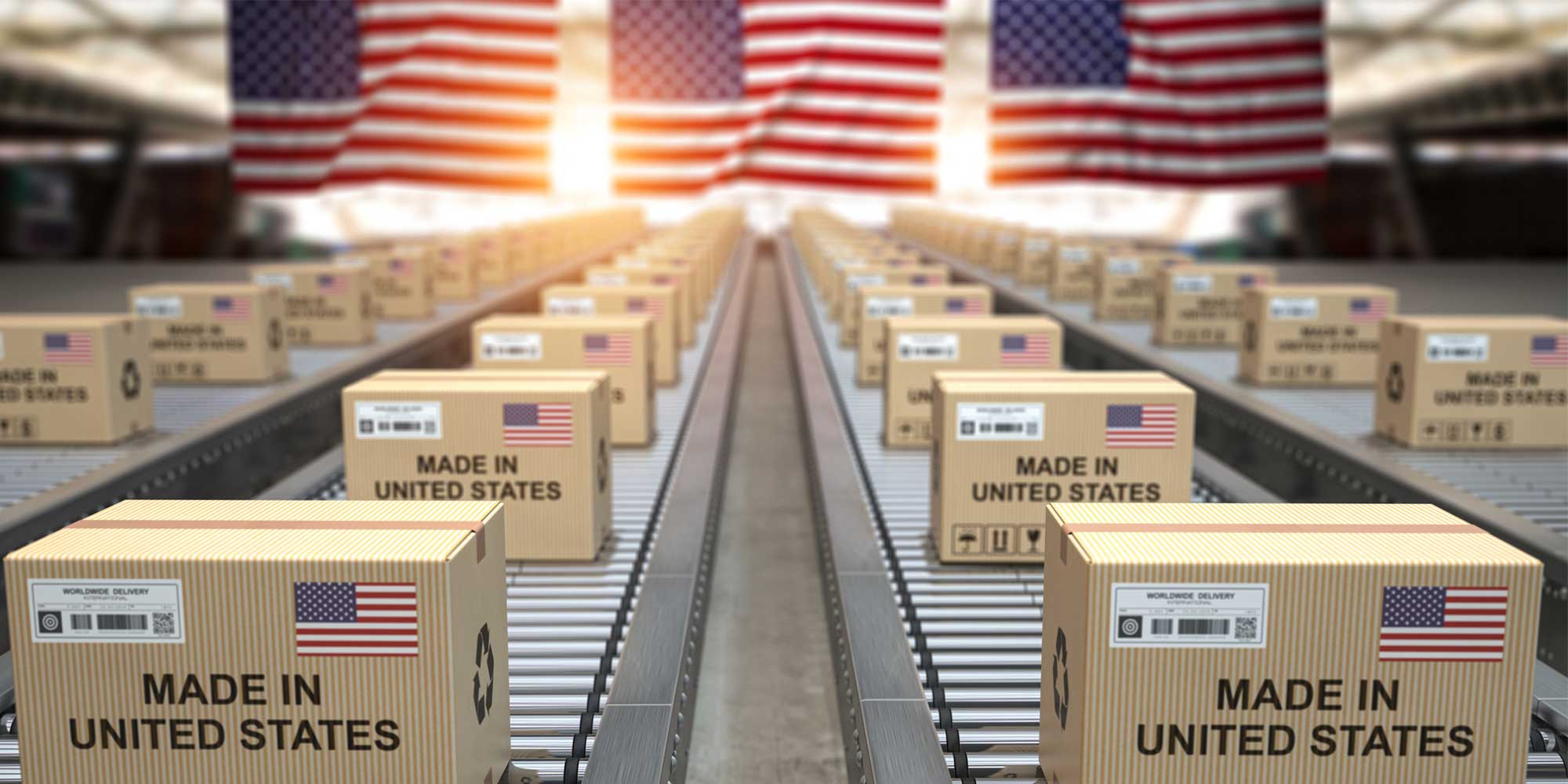Do you know when the export of a firearm, sighting device, component or accessory requires an AES filing? Do you even know what an AES filing is?
If your answer to these questions is anything other than “Yes!” read on.
As with most other export control regulations, AES mistakes can land you in trouble, so it is important to know the rules.
What Is AESDirect?
AESDirect is the platform for filing Electronic Export Information (EEI) with the U.S. Government. These EEI filings are required by the Foreign Trade Regulations and are used by the United States Government for statistical purposes.
AES is the Automated Export System. When an EEI is submitted, AES will process the information and provide an Internal Transaction Number (ITN) to the filer. The ITN confirms receipt of the EEI. The ITN must be included on the bill of lading, air waybill, export shipping instructions, or other commercial loading document that accompanies the shipment.
All these acronyms can be confusing, so we use the term “AES filing” to refer to the submission of EEI through the AESDirect platform.
Additional information about AESDirect, including registration instructions, user guides, and videos is available on the U.S. Census Bureau website.
When and How Do I Submit AES Filings?
An AES filing is required for any export that requires an export license issued under the Export Administration Regulations (EAR) or International Traffic in Arms Regulations (ITAR), regardless of destination.
Exports that do not require export licenses require an AES filing only when (i) the shipment includes more than $2,500 of items sharing a single Schedule B number and (ii) the destination country is not Canada.
AES filings may be submitted by an exporter or an exporter’s authorized agent, such as a freight forwarder. Freight forwarders ordinarily take care of AES filings when they handle a shipment.
An AESDirect account is required to submit an AES filing. There is no charge to create an account or to submit a filing. Please see the U.S. Census website for instructions.
AES Filings Are Always Required for Permanent Exports of Rifles and Handguns
The permanent export of firearms classified under ECCN 0A501.a or 0A501.b always require an AES filing. The AES description must start with “0A501.a” or “.a”, or “0A501.b” or “.b” as applicable.
AES filings for 0A501.a or 0A501.b firearms exported under exception TMP or a BIS license authorizing a temporary export must include the manufacturer, model, caliber, and serial number of the exported items. Please see §740.9 of the EAR for TMP exception requirements.
A filing is not required for exporting 0A501.a or 0A501.b firearms under the §740.14 Baggage (BAG) license exception. This exception allows travelers to bring up to three firearms with them on a foreign trip. In lieu of an AES filing, the traveler / exporter must declare the firearm(s) to U.S. Customs and Border Protection (CBP) when leaving the U.S. by providing a CBP Form 4457. Please see the requirements for using this exception in §740.14(e)(3) and §758.11 of the EAR.
AES Filings Are Required for Exports of Shotguns and Optical Devices to Most Countries
Any export of shotguns or optical devices that requires an export license also requires an AES filing.
Exports of shotguns with barrel lengths of 18 inches or more to the 30 countries for which an export license is not required fall under the general rule that an AES filing is not necessary unless items sharing a single Schedule B number exceed $2,500.
Exports of shotguns with a barrel length less than 18 inches do require an AES filing. Note that the AES description must start in one of three prescribed ways: “0A502 barrel length less than 18 inches” or “0A502sb” or, simply, “.sb”.
AES filings for exports of shotguns under exception TMP or a BIS license authorizing a temporary export of shotguns with a barrel length less than 18 inches under ECCN 0A502 must include the manufacturer, model, caliber, and serial number of the exported items.
An AES filing is not required for exporting 0A502 shotguns with a barrel length of 18 inches or greater if the §740.14 Baggage (BAG) license exception applies. This exception allows travelers to bring up to three firearms with them on a temporary foreign trip. In lieu of an AES filing, the traveler / exporter must declare the firearm(s) to U.S. Customs and Border Protection (CBP) when leaving the U.S. by providing a CBP Form 4457. Please see the requirements for using this exception in §740.14(e)(3) and §758.11 of the EAR.
AES Filings Generally Are Not Required for Low Value Shipments of Parts and Accessories
Exports of 0A501.c, 0A501.d, 0A501.x items, certain 0A502 parts and components, or 0A504.g parts for sighting devices do not require an AES filing if they are shipping under the LVS exception and the shipment does not contain more than $2,500 of items sharing a single Schedule B number.
The same rule applies to LVS shipments of 0A501.e parts to destinations in Canada.
Non-licensable parts, components, accessories, and/or attachments that are classified as EAR99 or controlled by ECCN 0A501.y do not require an AES filing unless the shipment exceeds $2,500 per Schedule B number and the destination is not Canada.
Does this all sound too complicated? If you sell firearms, parts, accessories, or optics online and want a safe and cost-effective way to export them without making mistakes, EasyExport probably can help. Schedule a call to learn more.






